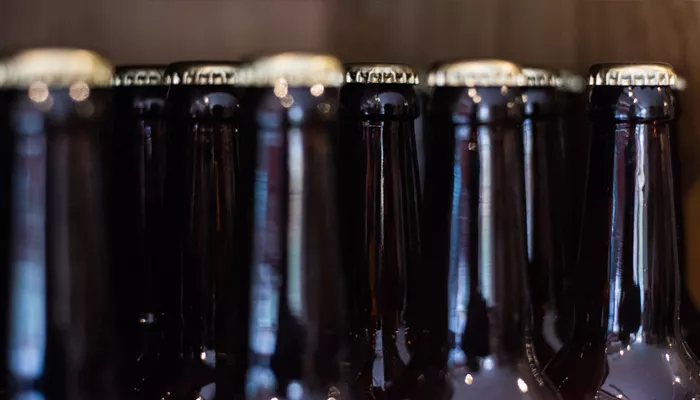Health and Safety in the Kitchen
With much attention being paid to the safety of staff these days, one of the key areas we come across where injuries to staff do occur (with resultant claims made against your policies) is in the working kitchen environment.
Fact
The stats show that people working in a kitchen are more likely to be injured through slips and trips than anything else.
What the law states
The Health and Safety at Work etc. Act 1974 requires employers to ensure the health and safety of all employees and anyone who may be affected by their work.
The Management of Health and Safety at work Regulations 1999, building on the HSW Act, includes duties-of-care on employees to assess risks (including slip and trip risks) and take action to control these risks.
The Workplace (Health, Safety and Welfare) Regulations 1992 requires floors to be suitable, in good condition, and free from obstruction.
What do I need to do?
-
All employers have to assess the risks to employees and others who are likely to be affected by their work. (Risk Assessment)
-
The Health and Safety Executive recommends a five step approach to risk assessment:
-
Look for slip and trip hazards around the work place, such as uneven floors, trailing cables, areas that are sometimes slippery due to spillage of food and liquids. A slip may lead to other dangers coming in to play such as sharp implements or open deep fat fryers/boiling water.
-
Decide who might be harmed and how? Who comes into the kitchen and are they at risk?
-
Consider the risks. Are your current precautions sufficient enough to deal with these risks?
-
Always record your findings.
What can I do to reduce these risks to my business?
Simple measures put in place can dramatically reduce injuries.
-
Good housekeeping is essential.
-
Training in hazard awareness is a key factor.
-
Stop the floor getting wet or being contaminated. (The vast majority of slip injuries occur on floors that are wet or contaminated with food stuffs, cooking oils etc.).
-
Always deal with wet or contaminated floors straight away, don't just let it be covered up to be dealt with later. Have a proper reporting process in place. If floors remain wet after cleaning have warning signs placed in prominent positions?
-
When was the floor covering last checked? Is it showing signs of wear and does it have enough grip?
-
Do your staff have the correct footwear and clothing?
-
Be aware of tripping hazards. Most catering trip injuries are caused by obstructions on the floor.
About the author
 Alison Wild BCom (Hons), FMAAT, MATT, Taxation Technician is a highly respected industry professional who has been working with and advising SMEs in areas including tax, pensions, insurance and marketing for over 25 years. She is a member of the Association of Accounting Technicians (AAT) and Association of Tax Technicians (ATT) and also has 20 years' experience as a residential landlord.
Alison Wild BCom (Hons), FMAAT, MATT, Taxation Technician is a highly respected industry professional who has been working with and advising SMEs in areas including tax, pensions, insurance and marketing for over 25 years. She is a member of the Association of Accounting Technicians (AAT) and Association of Tax Technicians (ATT) and also has 20 years' experience as a residential landlord.
Date: February 01, 2013
Category: Small Business













